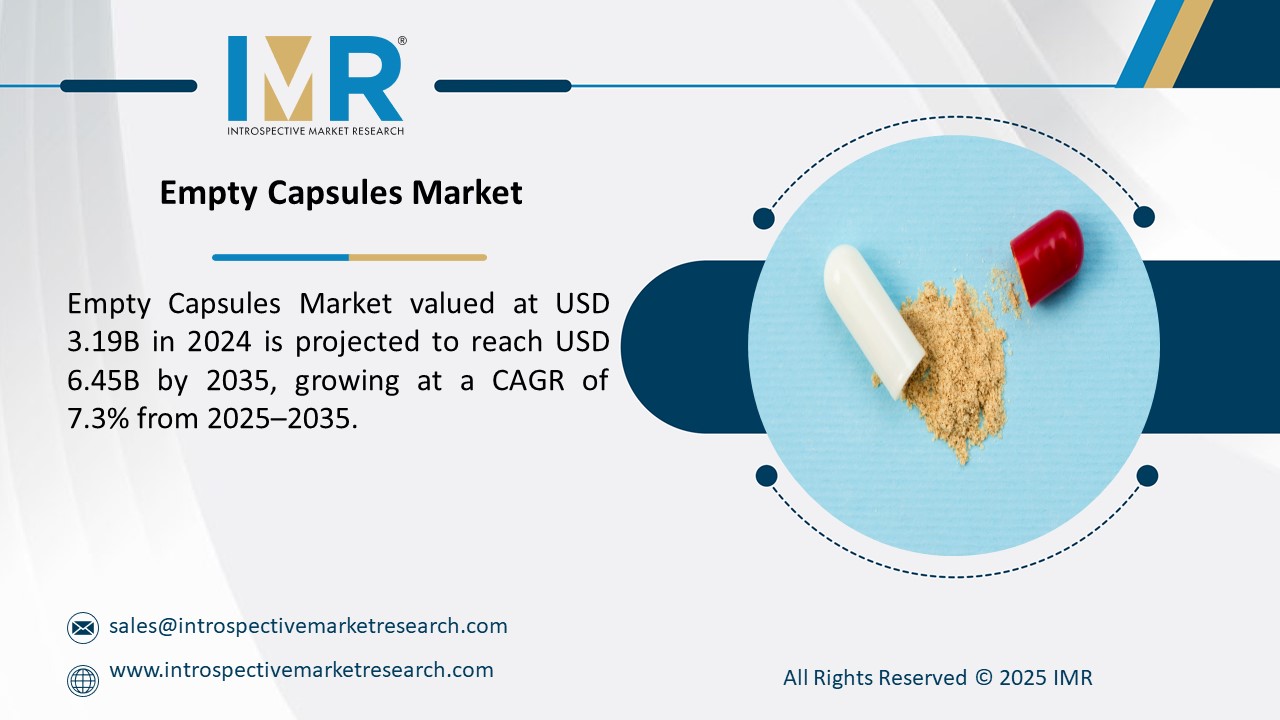
Market Overview
According to a new report published by Introspective Market Research, titled, ?Fertility Testing Devices Market by Application and Packaging Type: Global Opportunity Analysis and Industry Forecast, 2024?2032,
Global Fertility Testing Devices Market size was valued at $ 702.59 million in 2023, and is projected to reach $ 1270.12 million by 2032, registering a CAGR of 6.8% from 2023 to 2032.
Fertility testing devices refer to various medical instruments, tools and kits designed to assess and monitor an individual's reproductive health and fertility potential. These devices are essential for men and women trying to conceive because they provide valuable information on various aspects of fertility, family planning, and infertility.
Female fertility testing equipment usually includes ovulation predictor kits and monitors. Ovulation predictors detect the luteinizing hormone (LH) surge just before ovulation, helping women identify their most fertile days. Ovulation monitors, on the other hand, track hormonal changes throughout the menstrual cycle, providing a more in-depth look at fertility patterns. Men can benefit from male fertility tests that assess sperm quality and quantity. These kits often include tools to collect sperm samples and analyze parameters such as sperm count, motility and morphology. Understanding these factors is critical to assessing a man's fertility and addressing potential problems.
Significant advances have been made in digital and smartphone-connected fertility testing devices in recent years. These innovations allow users to track their fertility through mobile apps and mobile devices, making the process more convenient and data-driven. Such devices provide personalized insights, predict fertility and store historical data for long-term fertility monitoring.
Increasing age at first pregnancy has emerged as a prominent factor stimulating the growth of the fertility testing devices market. Social changes, evolving career aspirations, and the desire for financial stability have led individuals, especially women, to delay starting a family. As a result, demand for fertility testing is increasing among couples planning to conceive later in life. These devices are suitable for people who want more control and understanding of their reproductive health. They offer convenience by allowing users to monitor fertility indicators at home, such as ovulation predictors and fertility apps. The accessibility and privacy of these tools perfectly match the preferences of a generation accustomed to technology and self-care.
The fertility testing equipment market is poised to take advantage of major opportunities, primarily due to the continuous development and advancement of this dynamic industry. These ongoing innovations have the potential to transform the landscape of fertility testing devices, providing greater accuracy, usability and convenience to individuals and couples seeking to understand and manage their reproductive health. One of the most important opportunities lies in the development of technology. The integration of artificial intelligence, machine learning and data analytics into fertility testing devices could transform the industry. These technologies have the potential to improve the accuracy and reliability of fertility predictions by enabling more accurate estimates of fertility, ovulation and sperm quality. In addition, AI-powered apps and wearables can provide personalized recommendations based on a person's unique fertility patterns, thereby optimizing conception.
Global Fertility Testing Devices Market, Segmentation
The Fertility Testing Devices Market is segmented based on Product Type, Distribution Channel, Mode of Purchase, and region.
Product Type:
The Product Type segment is further classified into Ovulation Prediction Kits, Fertility Monitors, and Male Fertility Test Kits. Among these, the Male fertility test kit sub-segment accounted for the highest market share in 2023. The male fertility testing segment dominated the fertility devices market. These series have gained popularity in recent years as more attention has been paid to understanding and solving male infertility problems. Traditionally, fertility testing has focused primarily on assessments related to women. However, it is now more and more understood that male factors have a significant impact on the infertility of couples.
Distribution Channel:
The Distribution Channel segment is further classified into Hospital Pharmacy, Retail Pharmacy, Online Pharmacy. Among these, the Online pharmacy sub-segment is anticipated to show the fastest growth by 2032. The growth of online pharmacies has significantly contributed to the accessibility and availability of fertility testing equipment, which has contributed to the expansion of this segment in the market. Online pharmacies provide a convenient platform for people looking for fertility testing equipment, offering a variety of products that are easily accessible from the comfort and privacy of their homes. One of the main reasons for the proliferation of fertility testing devices in online pharmacies is the anonymity and discretion of their customers. Reproductive health can be a sensitive topic, and individuals may want the privacy that online environments offer when purchasing these devices. This aspect becomes especially important for those who may feel uncomfortable discussing fertility issues in a traditional mainstream setting.
Market Segmentation
By Product Type
- Ovulation Prediction Kits
- Fertility Monitors
- Male Fertility Test Kits
By Distribution Channel
- Hospital Pharmacy
- Retail Pharmacy
- Online Pharmacy
By Mode of Purchase
- Over the Counter
- Prescription Based
Region:
The Fertility Testing Devices Market in North America is projected to show the fastest growth by 2032. North America dominates the market for fertility testing devices due to the increase in teenage pregnancy and awareness of pregnancy testing methods and improvement in fertility rates in the region. Lifestyle factors affecting fertility such as stress and obesity have increased the demand for these devices in North America. The presence of major market players, R&D initiatives and favorable government policies have also helped to strengthen the region's dominant position in the fertility measurement devices market.
Some of The Leading/Active Market Players Are-
- Abbott Laboratories (United States)
- Alere Inc. (United States)
- Bayer AG (Germany)
- Becton, Dickinson and Company (United States)
- Bio-Rad Laboratories, Inc. (United States)
- Canon Inc. (Japan)
- Chembio Diagnostics, Inc. (United States)
- Church & Dwight Co., Inc. (United States)
- Cooper Surgical, Inc. (United States)
- Fujifilm Holdings Corporation (Japan) and Other Active Players
Key Industry Developments
- In 2023, Clearblue launched the Clearblue Advanced Digital Ovulation Test, which is 99% accurate in detecting ovulation. The test also features a cycle tracker and a mobile app that can be used to track ovulation and other fertility markers.
- In 2023, Modern Fertility offers a variety of at-home fertility tests, including the Modern Fertility Hormone Test and the Modern Fertility Ovulation Kit. The company's tests are designed to be easy to use and provide accurate results.
Key Findings of the Study
- The global Fertility Testing Devices Market is experiencing significant growth, with a projected CAGR of 6.8% from 2023 to 2032, driven by increasing age at first pregnancy and the desire for more control over reproductive health.
- Female fertility testing equipment, including ovulation predictor kits and monitors, are essential tools for couples trying to conceive, while male fertility test kits are gaining popularity for understanding and addressing male infertility issues.
- Online pharmacies are expected to witness the fastest growth in distribution channels for fertility testing devices, offering convenience, accessibility, and privacy for individuals seeking these products.
- North America leads the market in fertility testing devices, driven by factors such as increased awareness, lifestyle influences on fertility, the presence of major market players, and supportive government policies.





